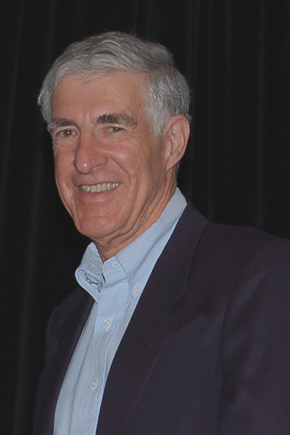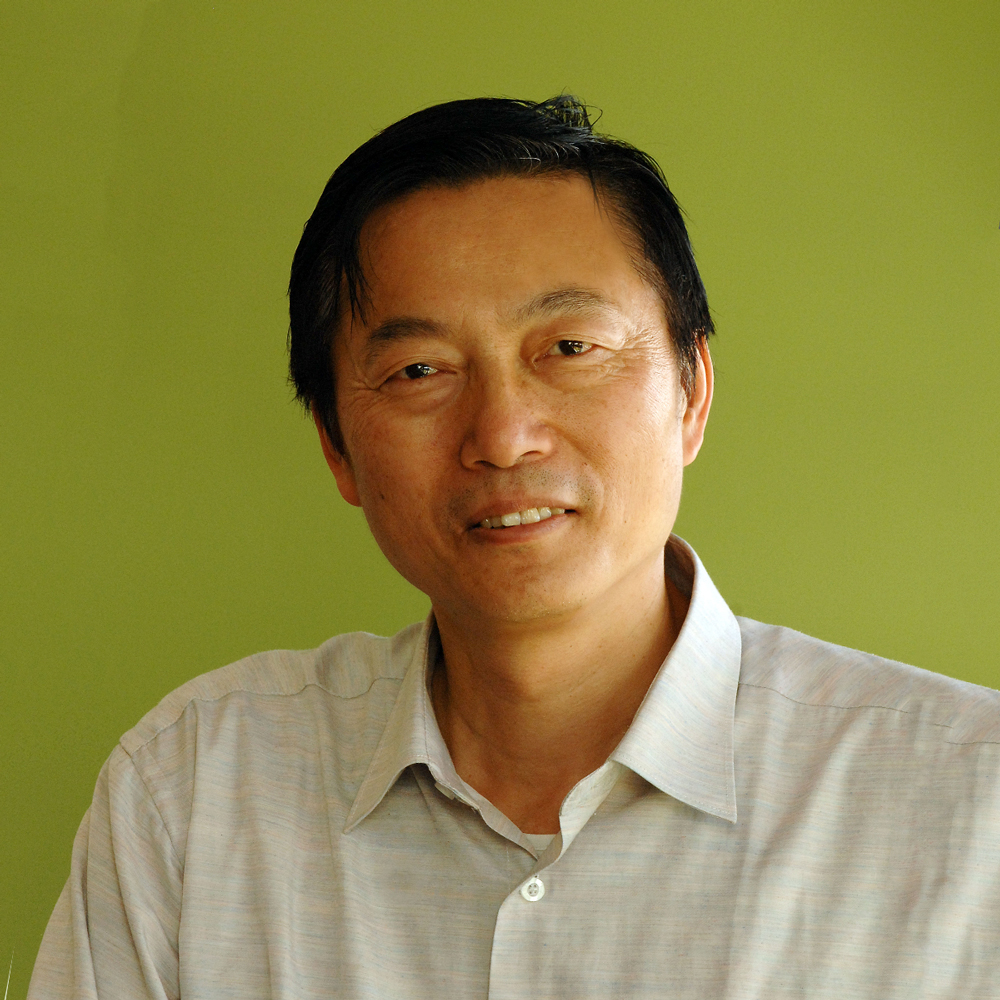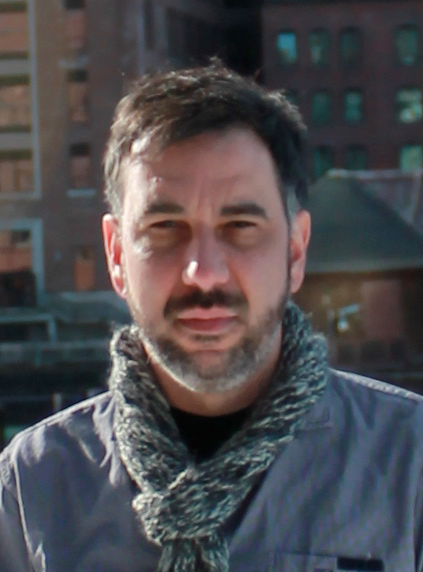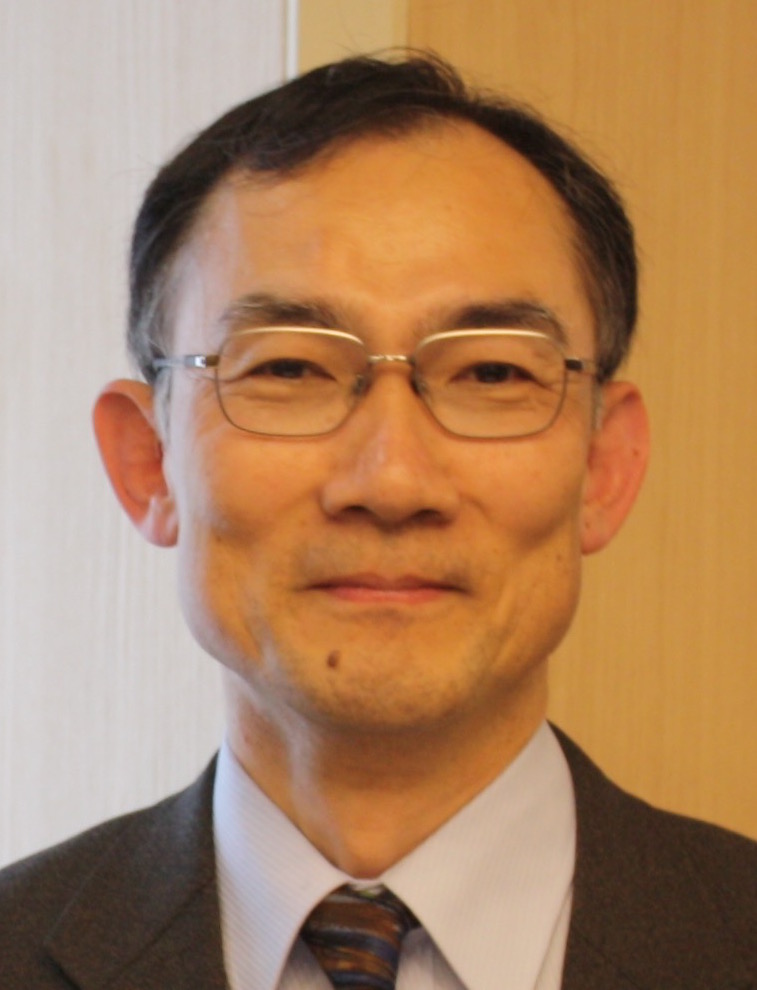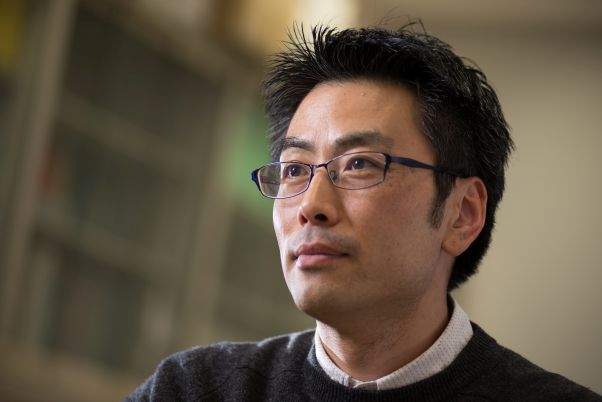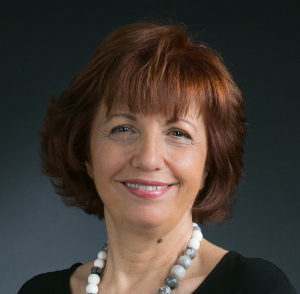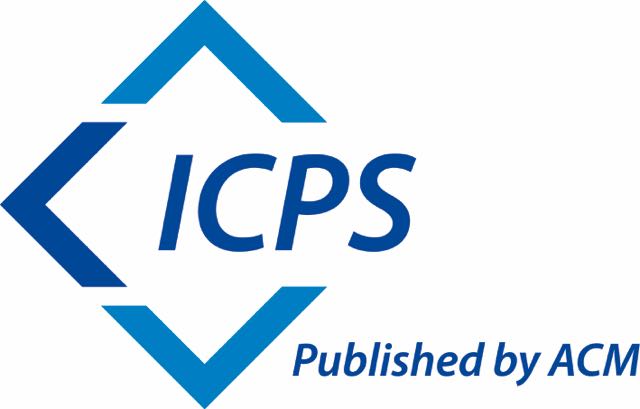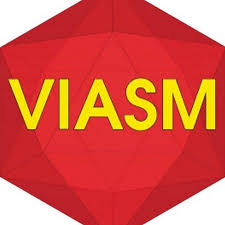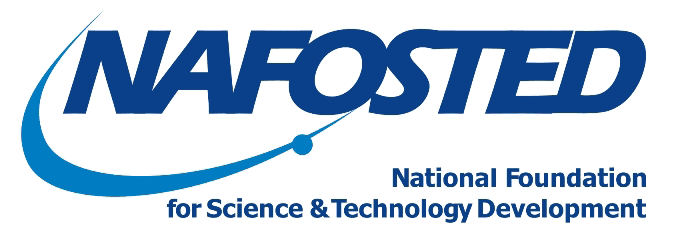Speakers
|
Hanan SametThe University of Maryland, College Park, USA |
Title: Reading News with Maps by Exploiting Spatial SynonymsNewsStand is an example application of a general framework to enable people to search for information using a map query interface, where the information results from monitoring the output of over 10,000 RSS newssources and is available for retrieval within minutes of publication. The advantage of doing so is that a map, coupled with an ability to vary the zoom level at which it is viewed, provides an inherent granularity to the search process that facilitates an approximate search thereby permitting the use of spatial synonyms instead of being limited to an exact match of a query string. * Best Paper Award at the 2008 ACM SIGSPATIAL Conference and the 2018 Hanan Samet (#/) received the B.S. degree in engineering from UCLA, and the M.S. Degree in operations research and the M.S. and Ph.D. degrees in computer science from Stanford University. At Stanford, he was a member of the Stanford Artificial Intelligence Lab where he was one of the developers of the SAIL programming language compiler. In 1975, he joined the Computer Science Department at the University of Maryland, College Park, where he is a Distinguished University Professor. He is a member of the Computer Vision Laboratory and leads a number of research projects on the use of hierarchical data structures for geographic information systems, computer graphics, image processing, and search. His research group has developed numerous systems including QUILT system, SAND system, the SAND Browser, the VASCO spatial indexing applet, the MARCO, the STEWARD, the NewsStand, and TwitterStand systems. He is the founding editor-in-chief of the ACM Transactions on Spatial Algorithms and System (TSAS), an associate editor of Graphical Models and the IEEE Transactions on Computers, an advisory editor of the Journal of Visual Languages and Computing, and on the editorial boards of GeoInformatica and Image Understanding. He is the founding chair of the ACM SIG on Spatial Information (ACM SIGSPATIAL). He has served as the co-general chair of the 2007 and 2008 ACM SIGSPATIAL Conference on Geographic Information Systems (ACM GIS). He is a Fellow of the IEEE, ACM, AAAS, IAPR, UCGIS, and was inducted to be a member of the ACM SIGGRAPH Academy. He was also elected to the ACM Council in 1989-1991where he served as the Capital Region Representative. He received the Walton Visitor Award from the Science Foundation of Ireland serving in the National University of Ireland at Maynooth, the 2010 University of Maryland College of Computer, Mathematical and Physical Sciences Board of Visitors Distinguished Faculty Award, the 2009 UCGIS research award, the 2011 ACM Paris Kanellakis theory and practice award, the 2014 IEEE Computer Society Wallace McDowell Award, best paper awards in the 2008 ACM SIGMOD and SIGSPATIAL Conferences, the 2012 SIGSPATIAL MobiGIS Workshop, and the 2007 Computer & Graphics Journal best paper. The 2008 ACM SIGSPATIAL best paper award winner also received the 2018 ACM SIGSPATIAL 10 Year Impact Award. He was elected to the ACM Council as the Capitol Region Representative for the term 1989-1991, and is an ACM Distinguished Speaker (2008-2015, and 2018-present). His research interests include data structures, computer graphics, geographic information systems, computer vision, robotics, database management systems, and programming languages, and is the author of over 400 publications on these topics. |
|
Wanlei ZhouUniversity of Technology Sydney, Australia |
Title: Enhancing privacy-preserving through differential privacyOver the past two decades, digital information collected by corporations, organisations and governments have created huge amount of datasets, and the speed of such data collection has increased exponentially over the last few years because of the pervasiveness of computing devices. However, most of the collected datasets are personally related and contain private or sensitive information. Even though curators can apply several simple anonymization techniques, there is still a high probability that the sensitive information of individuals will be disclosed. New legislations on privacy have come into effect recently, so enhancing privacy-preserving has become a critical issue that needs to be addressed in the digital age. Differential privacy is one of the most prevalent privacy models as it provides a rigorous and provable privacy notion that can be implemented in various research areas. In this presentation, we will start with privacy breaches and privacy models, and introduce the basic concept of differential privacy. We then will focus on the applications of differential privacy in various scenarios in which we have been working on, including Location privacy, Recommender systems, Tagging systems, and Correlated datasets. We will then finalise the talk by outlining the privacy challenges in the era of big data. Professor Wanlei Zhou is currently the Head of School of Computer Science in University of Technology Sydney (UTS). He received the B.Eng and M.Eng degrees from Harbin Institute of Technology, Harbin, China in 1982 and 1984, respectively, and the PhD degree from The Australian National University, Canberra, Australia, in 1991, all in Computer Science and Engineering. He also received a DSc degree (a higher Doctorate degree) from Deakin University in 2002. Before joining UTS, Professor Zhou held the positions of Alfred Deakin Professor, Chair of Information Technology, and Associate Dean (International Research Engagement) of Faculty of Science, Engineering and Built Environment, Deakin University. Professor Zhou has been the Head of School of Information Technology twice (Jan 2002-Apr 2006 and Jan 2009-Jan 2015) and Associate Dean of Faculty of Science and Technology at Deakin University (May 2006-Dec 2008). Professor Zhou also served as a lecturer in University of Electronic Science and Technology of China, a system programmer in HP at Massachusetts, USA; a lecturer in Monash University, Melbourne, Australia; and a lecturer in National University of Singapore, Singapore. His research interests include security and privacy, bioinformatics, and e-learning. Professor Zhou has received over 10 ARC grants in the last 10 years and has published more than 400 papers in refereed international journals and refereed international conferences proceedings, including many articles in IEEE transactions and journals. He has also chaired many international conferences, including TrustCom, ISPA, IUCC, CSS, ICA3PP, EUC, NSS, HPCC, PRDC, etc., and has been invited to deliver keynote address in a number of international conferences, including SKG, NSS, PDCAT, NSS, EUC, ICWL, CIT, ISPA, ICA3PP, etc. Prof Zhou is a Senior Member of the IEEE. |
|
Albert CabellosDepartment of Computer Architecture Universitat Politècnica de Catalunya |
Title: Unveiling the potential of Graph Neural NetworksRecent advances in Artificial Intelligence (AI) have led to a new era of Machine Learning techniques such as Deep Learning. This has attracted the interest of the networking community to try to take advantage of these novel techniques to develop a new breed of network operation techniques: models, management and optimization. However and in this context, ML applied to networking has not fulfilled its high expectations yet. The main reason behind this is that existing proposals typically use Fully-Connected Neural Networks (FCNN) that are not designed to learn computer networks. Indeed, data networks are fundamentally represented as graphs (topology, routing), and FCNN are not designed to learn information structured as graphs. Graph Neural Network (GNN) is a new family of neural networks that have been recently proposed with the aim of learning graphs. In other words, GNNs facilitate the learning of relations between entities in a graph and the rules for composing them (i.e., they have a strong relational inductive bias). In general, this is achieved by using Message-passing Neural Networks (MPNN), which have been used in the literature to develop new chemistry compounds. In this talk we will present RouteNet, a pioneering GNN designed to learn the complex relationship between routing, topology, traffic and the resulting delay, jitter and drops. We will also show that RouteNet is able to generalize, providing accurate estimates for unseen topologies, routings and traffics. Finally, we will discuss the prospects of this new technology and its potential in the field of Computer Networks. Albert Cabellos received a BSc (2001), MSc (2005) and PhD (2008) degree in Computer Science Engineering from the Technical University of Catalonia (#/). In 2004 he was awarded with a full scholarship to carry out PhD studies at the Department of Computer Architecture, Technical University of Catalonia (UPC), Spain. In september 2005 he became an assistant professor of the Computer Architecture Department and as a researcher in the Broadband Communications Group (#/). In 2010 he joined the NaNoNetworking Center inCatalunya (#/) where he is the Scientific Director. He is an editor of the Elsevier Journal on Nano Computer Network and founder of the ACM NANOCOM conference, the IEEE MONACOM workshop and the N3Summit. He has also founded the LISPmob open-source initiative (#/) along with Cisco. He has been a visiting researcher at Cisco Systems and Agilent Technologies and a visiting professor at the Royal Institute of Technology (KTH) and the Massachusetts Institute of Technology (MIT). Since 2015 he is the Vice-Dean for International and Institutional Relations at FIB-UPC. He has participated in several national (Cicyt), EU (FP7), USA (NSF) and industrial projects (Samsung and Cisco). He has given more than 10 invited talks (MIT, Cisco, INTEL, MIET, Northeastern Univ. etc.) and co-authored more than 15 journal and 40 conference papers. His main research interests are future architectures for the Internet and nano-scale communications. |
|
Abdelhamid MelloukDepartment of Networks & Telecommunications (N&T) Professor of LiSSi Laboratory, University of Paris-Est (UPEC). |
Title: Adaptive Control for multi flow traffic based on quality of experience and quality of service paradigms AbsractBased on a convergence of network technologies, the Next Generation Network (NGN) is being deployed to carry high quality video and voice data. In fact, the convergence of network technologies has been driven by the converging needs of end-users. The perceived end-to-end quality is becoming one of the main goals required by users that must be guaranteed by the network operators and the Internet Service Providers, through manufacturer equipment. This is referred to as the notion of Quality of Experience (QoE) and is becoming commonly used to represent user perception. The QoE is not a technical metric, but rather a concept consisting of all elements of a user's perception of the network services. In this talk, we focus on the idea of how to integrate the QoE into a control- command chain in order to construct an adaptive network system. More precisely, in the context of Content-Oriented Networks that is used to redesign the current Internet architecture to accommodate content-oriented applications and services, the talk aim to describe an end-to-end QoE model applied to a Content Distribution Network architecture and see relationships between Quality of service and Quality of Experience. ABDELHAMID MELLOUK is a full professor at University of Paris-Est (UPEC), Networks & Telecommunications (N&T) Department and Tinc-NET/LiSSi Laboratory France. He graduated in computer network engineering from the Computer Science High Eng. School, University Oran-EsSenia, Algeria, and the University of Paris Sud XI Orsay, received his Ph.D. in computer science from the same university, and a Doctorate of Sciences (Habilitation) diploma from UPEC. Founder of the Network Control Research activity with extensive international academic and industrial collaborations, his general area of research is in adaptive real-time bio-inspired control for high-speed new generation dynamic wired/wireless networking in order to maintain acceptable quality of service/experience for added value services. He is an active member of the IEEE Communications Society and held several offices including leadership positions in IEEE Communications Society Technical Committees. He has published/coordinated 11 books, 3 lecture notes and several refereed international publications in journals, conferences, and books, in addition to numerous keynotes and plenary talks in flagship venues. He serves on the Editorial Boards or as Associate Editor for several journals, and he is chairing or has chaired (or co-chaired) some of the top international conferences and symposia, including the TPS Chair of ICC 2017. |
|
Masatoshi YoshikawaDepartment of Information Science, Professor of Graduate School of Informatics at Kyoto University, Japan |
Title: Personal data as new oilDifferential Privacy (DP) has been receiving attention as a rigorous privacy framework. In this talk, we introduce the basic notion of DP and our recent studies on extension of DP to spatial temporal data. The topics include i) DP mechanism under temporal correlations in the context of continuous data release; and ii) location privacy for location-based service over road networks. Masatoshi YOSHIKAWA is a Professor of Graduate School of Informatics at Kyoto University. He received the Dr. Eng. degree from Department of Information Science, Kyoto University in 1985. From April 2006, he has been a professor at Kyoto University. His current research interest includes privacy protection technologies, personal data market, and multi-user routing algorithms and services. He has published more than 200 papers refereed journal and conference papers. He is a General Co-Chair of the 6th IEEE International Conference on Big Data and Smart Computing (BigComp 2019). He is a PC member oaf IEEE ICDE 2020 and VLDB 2020. He is a member of Science Council of Japan (SCJ), ACM, IPSJ and IEICE. |
|
Assoc. Prof. Toshihiko YAMASAKI Department of Information and Communication Engineering, Graduate School of Information Science and Technology, The University of Tokyo |
Title: Attractiveness Computing-Analysis and Enhancement of Attractiveness using Big Multimedia DataOur research group is interested in why and how we are attracted to specific persons, content, and services. We have been analyzing such “attractiveness” by using big multimedia data. In this talk, I will briefly introduce some of our representative works that are related to ICTs such as presentation analysis, account promotion in SNSs, and so on. Toshihiko YAMASAKI received the B.S. degree, the M.S. degree, and the Ph.D. degree from The University of Tokyo in 1999, 2001, and 2004, respectively. He is currently an Associate Professor at Department of Information and Communication Engineering, Graduate School of Information Science and Technology, The University of Tokyo. He was a JSPS Fellow for Research Abroad and a visiting scientist at Cornell University from Feb. 2011 to Feb. 2013. His current research interests include multimedia big data analysis, pattern recognition, machine learning, and so on. |
|
Leila DeFloriani2020 IEEE Computer Society President |
...
Leila De Floriani is a professor at the University of Maryland, College Park. |
Le Nhan TamChief Technology Officer, IBM Vietnam |
Title: A model engineering approach for cloud service migration in multi-cloud managementMulti-cloud management is a critical requirement in the cloud industry today when enterprises are certainly using computing resources from more than one cloud service provider. Migrating cloud services between different cloud platforms is one of the most important missions that enterprises are interested in their multi-cloud management strategy. Migrating cloud applications to modern cloud platforms consists of (1) Enabling them to run on current & supported operating platforms, middleware, and databases; (2) Redeploying them to the target cloud using a deployment pattern providing targeted performance. Each application is assessed in detail to determine changes that need to be made to ready it for the new platform. Using model engineering techniques is a promising approach to accelerate the migration execution through cloud orchestration tools and other automation toolsets to help enterprises migrate their applications more efficient in a multi-cloud environment. Dr. Le Nhan Tam is Chief Technology Officer of IBM Vietnam, he has more than 15 years of deep skills and experiences in Information Technology -- research, academic and advisory roles across major institutions. He was previously the Sr. Cloud Advisor for IBM Cloud Worldwide & Solution Architect in Information Management for IBM Vietnam. Tam also held various roles in major system integrators and also spent some time as a Head of SmartCity Lab in VNPT Group, a Technical Leader in CMC Software, an IT Specialist in Ministry of Information & Communication (MIC Vietnam), and a researcher in French National Institute for Research in Computer Science and Automation (INRIA). |
Kim In SooPresident of Samsung Vietnam Mobile R&D Center |
Title: Samsung’s Achievements in AI and Introduction of Trendy TechnologiesNowadays. Artificial Intelligence exists in every corner of our life, from the way we work, play and perceive. It is a huge tsunami rocking the world to the core and in order to not be swept away, Mr. Insom Kim is currently President of Mobile R&D Center, Samsung Vietnam (SVMC). His main duty is to develop innovative solutions like first smartphone integrated with three cameras (Galaxy-A7-2018), and the completion of nine basic projects, such as: Galaxy-A30s, Galaxy-A50s and Galaxy-A40. He aims to lead SVMC to become the 3rd biggest overseas R&D of Samsung Electronics and the main software development center for commercialization projects launched in South-East Asia, Europe, Commonwealth of Independent States and Middle East and Africa markets. Before joining SVMC, he was with Samsung TV Division since 1988. Then, he moved to Computer Division in Samsung Korea since 1997 to 2007, and then Mobile Division in Samsung Korea during 2007-2017 respectively. |
